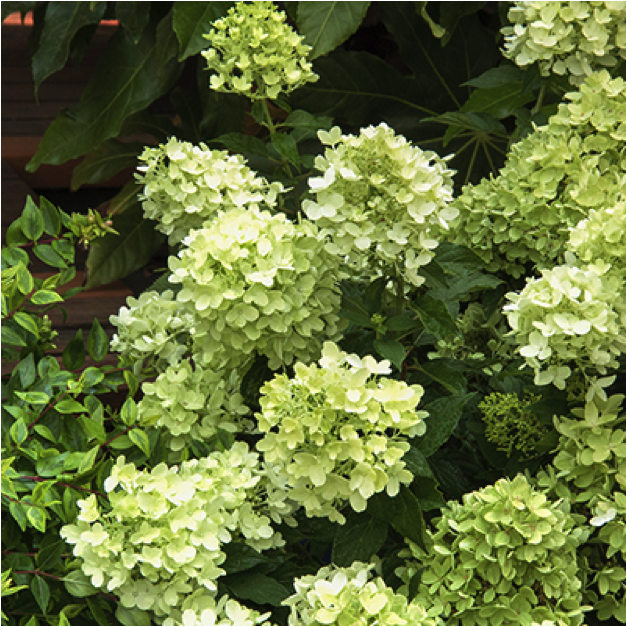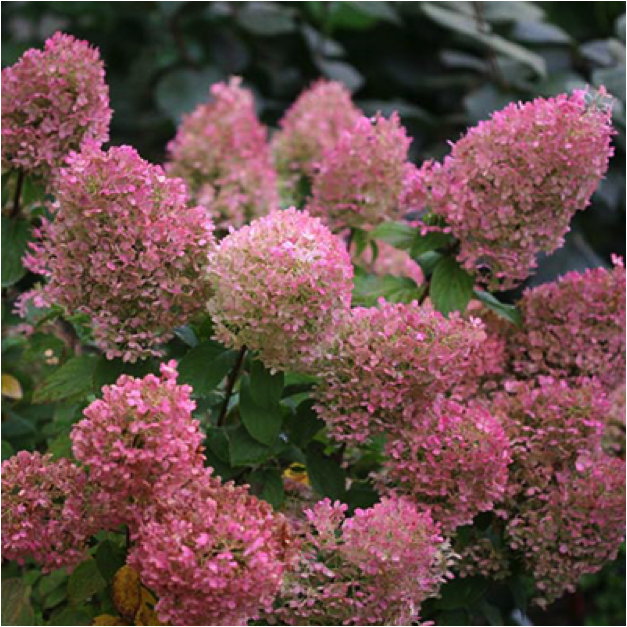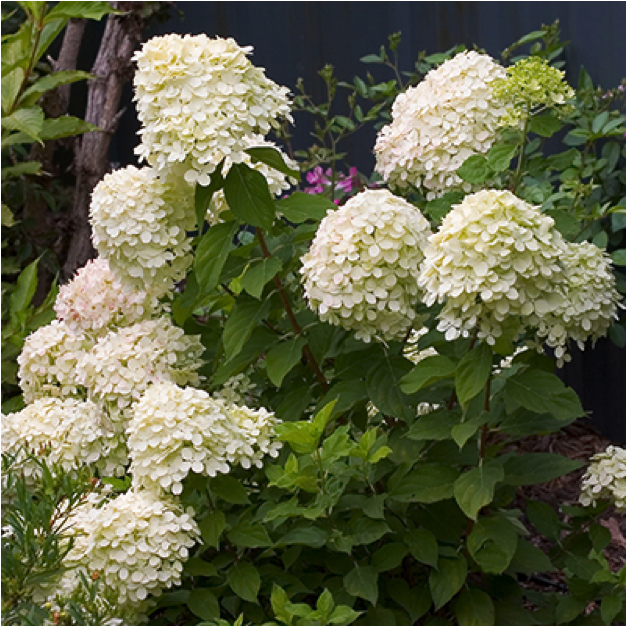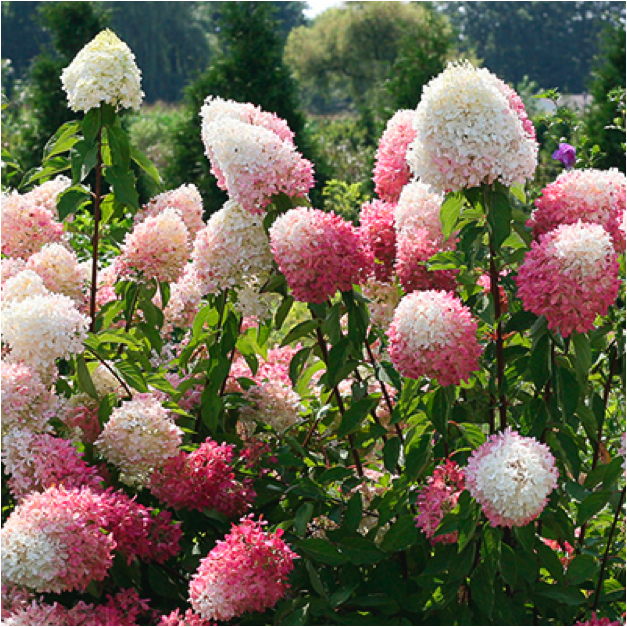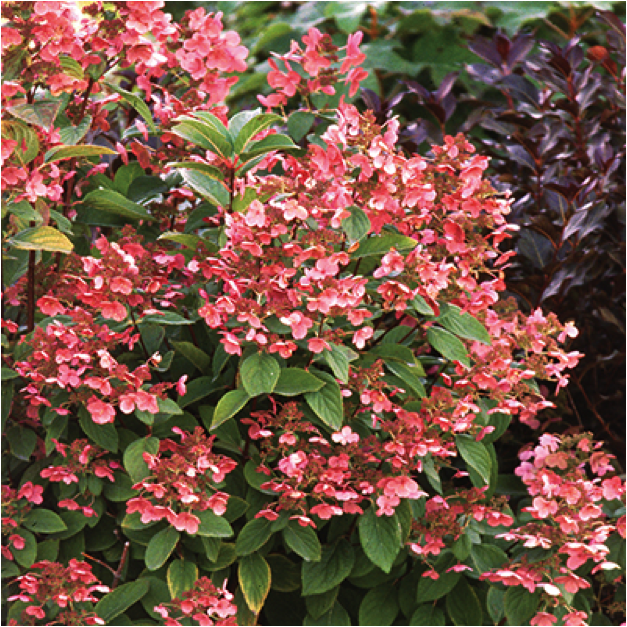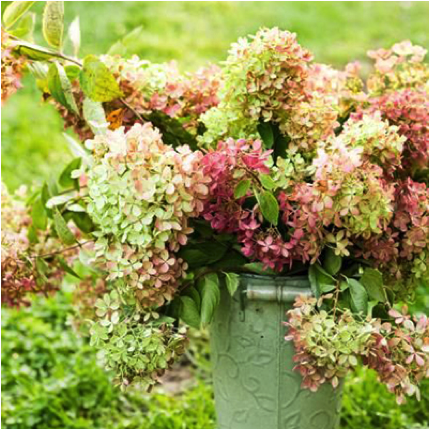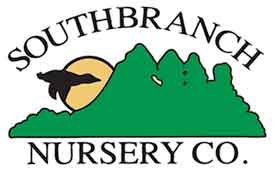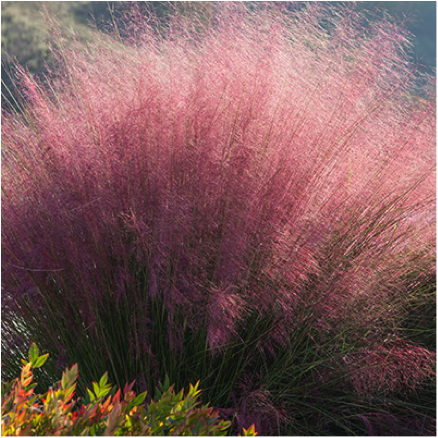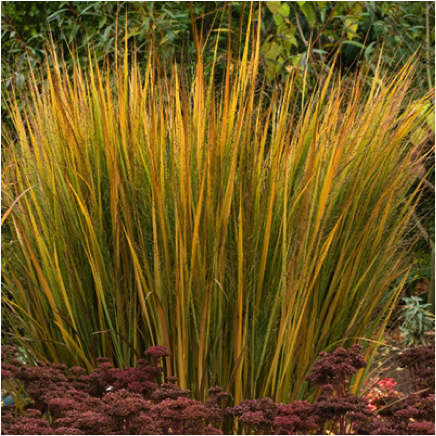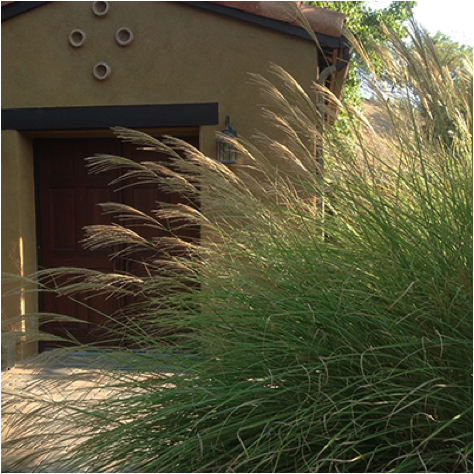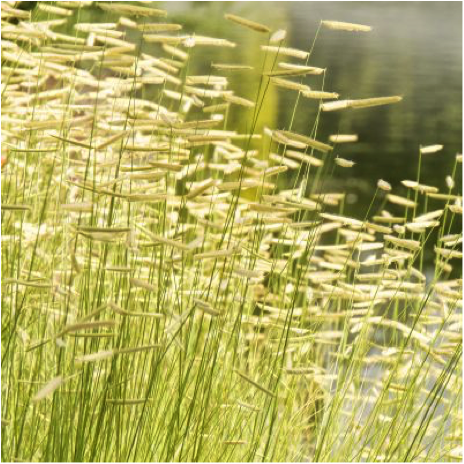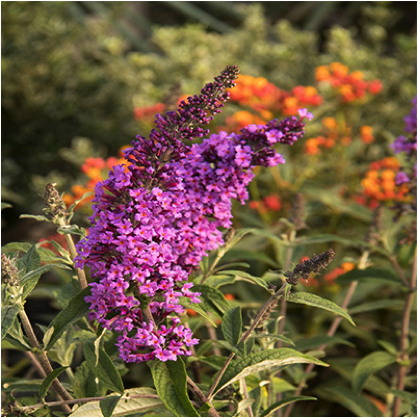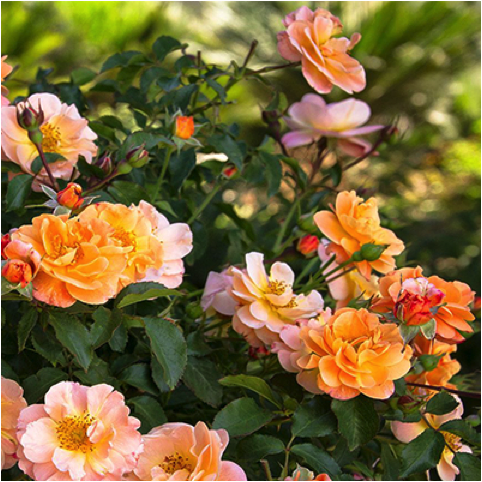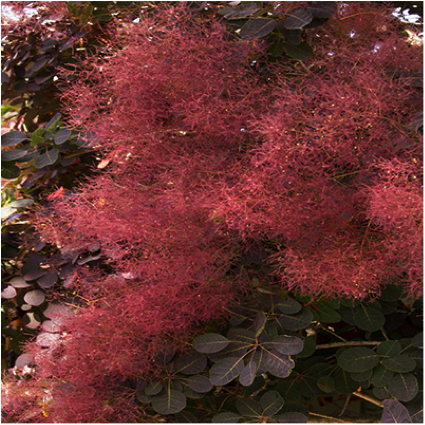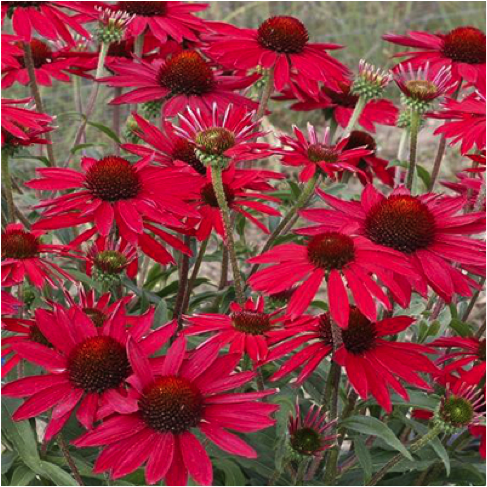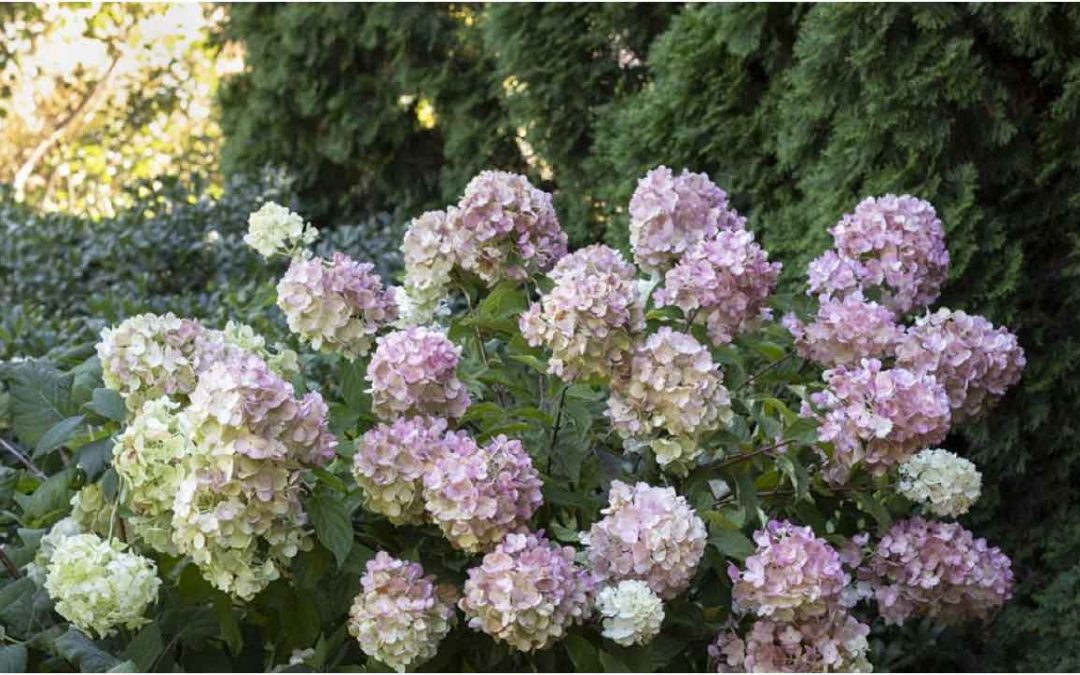
by southbrachWPadmin | Sep 5, 2019 | Garden, Garden Inspiration
As the garden winds down in the later part of summer, panicle hydrangeas (Hydrangea paniculata) take center stage offering up big blooms that put on a show from now into fall.
While we all love their more familiar mop-head cousins (Hydrangea macrophylla), panicle hydrangeas have a few advantages. They bloom in full sun or morning sun which means more of us can enjoy them. And since they bloom on new growth each summer, there is no chance for flower buds to be damaged by winter cold, so you’re pretty much assured a blooming great show. Finally, butterflies and bees flip for the flowers which provide an important late season food source.
Panicle hydrangeas typically change color from white to varying shades of pink and, unlike mop-head types; this is not as a result of soil chemistry. Instead color morphing is triggered by a change in air temperature. (Depth of color is more intense in colder northern zones than in warmer southern ones.)
If you haven’t planted a few panicle hydrangeas, either in garden beds or in containers, you’re missing out on one of the true treats in the late-summer to early-fall garden.
Easy Growing Tips for Success
- Panicle hydrangeas need lots of sunlight to form those wonderful flower buds. Planted in full sun in cooler northern zones; here in the south they perform best planted where they can get morning sun and some afternoon shade.
- Like all hydrangeas, panicle types love to be kept evenly moist. If you don’t have regular summer rains, water consistently to keep them happy, and to get the most intense color change from white to pink or red in the fall.
- Panicle hydrangeas bloom on new wood (the current season’s growth) each year, so in late winter or early spring just as the new growth appears, prune for better branching and overall shape and to encourage new growth. Larger varieties can be kept compact by pruning; this can produce larger, if fewer, flowers.
Here are 7 panicle hydrangeas that we recommend for Middle Tennessee:
Mid-Sized for Containers, Small Gardens, Landscapes
Candy Apple™ Hydrangea
Zone: 4 – 8
- Compact with very strong stems that hold up show-stopping blooms.
- Makes an ideal focal plant for smaller gardens and pots.
- 4′ tall and wide.
- Partial shade to full sun.
Bobo® Hardy Hydrangea
Zone: 3 – 8
- Enormous creamy-white flowers in summer, providing a nonstop show until frost.
- Makes a charming short hedge.
- Up to 3′ tall and wide.
- Partial to full sun.
Little Lime® Hardy Hydrangea
Zone: 3 – 9
- Dwarf produces soft green flowers that turn pink and burgundy in fall. Use in mixed border or foundation plantings.
- Up to 5′ tall and wide.
- Filtered to full sun.
Zinfin Doll® Panicle Hydrangea
Zone: 3 – 8
- Blooms transform from white to rich red-pink. Reliable, prolific bloomer for a standout specimen or in an island bed.
- Up to 8′ tall and wide.
- Partial to full sun.
Quick Fire® Hardy Hydrangea
Zone: 3 – 9
- Very early bloomer opens white becoming dark rosy-pink in fall with great fall foliage color, too. Showy at the back of a border.
- Up to 8′ tall and wide.
- Filtered to full sun.
Drying & Arranging
Bunches of panicle hydrangeas can be cut right now when the flowers are a soft green for fresh, crisp summer arrangements, but they can also be harvested a bit later when they’ve begun to turn soft pink, typically in September or October depending on your zone and the weather.
Here’s some great information on how to dry hydrangeas so that they retain their color. We looked for inspiring ideas and liked the ones we found here.
Our garden centers stock these (and other varieties) of panicle hydrangeas.
Call or stop by to view our available inventory, and to receive personalized planting and after-care instructions.
Although panicle hydrangeas are certainly a low-maintenance addition to any sunny garden, when questions about care, pruning, or watering arise be sure to consult your local landscape professionals at Southbranch Nursery!
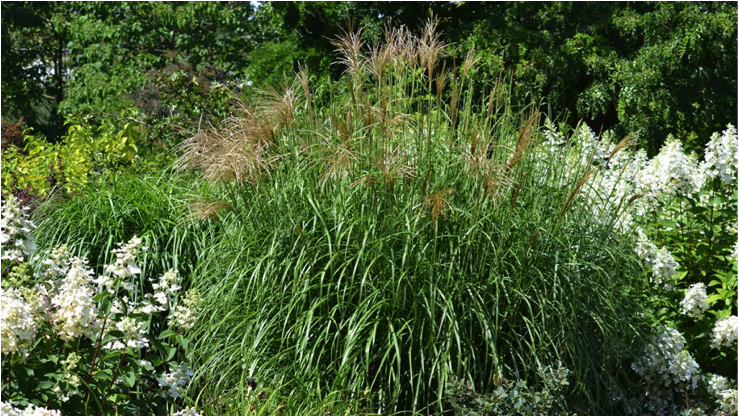
by southbrachWPadmin | Aug 8, 2019 | Garden, Garden Inspiration, Lawn Care
Is there a more dramatic group of plants in the late season garden than ornamental grasses?
The way they’re back lit and glowing in the late summer sun. Their graceful sway and hypnotic movement displays even the slightest of breezes. And their sheer scale and height at this time of year as they show in all off their full-grown stature. You can’t take your eyes off a stand of them–they’re just mesmerizing!
The terms cool-season and warm-season ornamental grasses simply refer to when they bloom. Cool-season grasses start growing early in spring and often have their most vibrant color during those months. Warm-season types emerge more slowly in spring, flower later in the summer and often remain in bloom well into fall. Both types have a place in any garden when planning for a long, colorful season!
Here we’ve chosen a few warm season grasses which can handle heat, humidity, and drought and bloom well into fall.
Plumetastic® Pink Muhly Grass
- Glittering clouds of vivid purple plumes lend rich color from late summer to fall.
- 3′ tall and wide; blooms to 4′ tall
- Partial to full sun
- Zone: 7 – 10
- Design: Add to ornamental or native landscapes as a singular sensation or massed.
Northwind Switch Grass
- Compact, clumping grass with olive-to-golden yellow autumn foliage and showy seed heads that lend winter interest.
- 6′ tall, 3′ wide
- Partial to full sun
- Zone: 4 – 9
- Design: Excellent vertical form for mixed beds and erosion control on slopes.
Morning Light Maiden Grass
- Dense clumps of slender blades with creamy white margins creates a shimmering silvery appearance.
- 5′ tall, 4′ wide; plumes to 6′
- Partial to full sun
- Zone: 5 – 9
- Design: Use height and width to contrast low borders or walls.
Blonde Ambition Blue Grama Grass
- Rugged native with flag-like, golden summer flowers on stiff, weather-resistant stems.
- Up to 3′ tall and wide.
- Partial to full sun.
- Zone: 4 – 9
- Design: Adds texture to waterwise gardens.
Good Companions to Ornamental Grasses:
Petite Plum® Dwarf Butterfly Bush
- Add to a stand of tall grasses in a corner of the yard or along a fence line for a stellar pollinator-luring, late summer show.
- 5′ tall and wide
- Partial to full sun
- Zone: 5 – 9
Flower Carpet® Amber Groundcover Rose
- Use in front of taller grasses or combine in very large containers.
- 2.5′ tall, 3′ wide
- Full sun
- Zone: 4 – 10
Royal Purple Smoke Tree
- Got space? Picture tall, slender blades against reddish-purple foliage and airy smoke puffs.
- Island bed or at the corner of a house.
- 15′ tall, 12′ wide.
- Full sun
- Zone: 4 – 8
Evolution™ EMBERS™ Fever Coneflower
- Enchanting tumbled up with grasses in mixed borders, containers, and cutting gardens.
- Up to 20″ tall and wide
- Full sun
- Zone: 4 – 9
However they are utilized in the garden, Ornamental Grasses are an often-overlooked way to spice up the landscape! If you have questions about any of the Ornamental Grasses or companion plants listed in this article, reach out to the closest Southbranch Nursery location and we’ll be happy to assist!
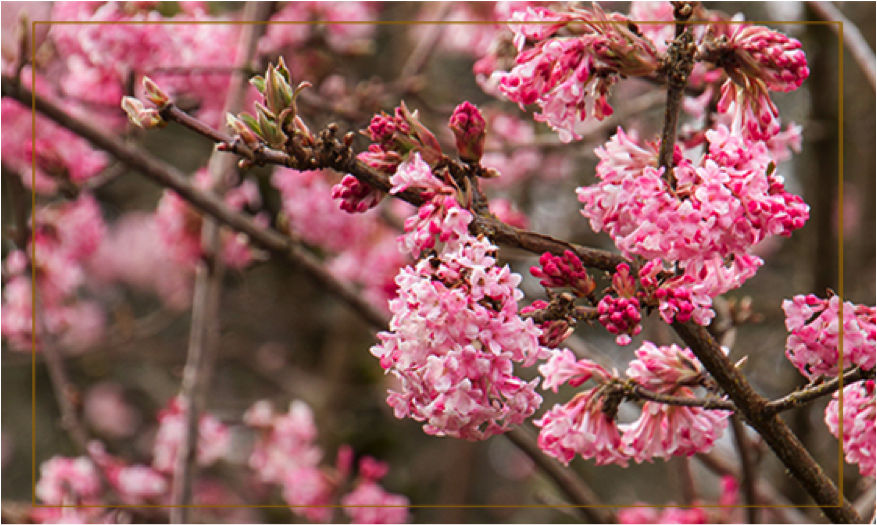
by southbrachWPadmin | Jan 24, 2019 | Garden, Garden Inspiration
From “Dig into the Top 7 Garden Trends for 2019” from Monrovia
by Kate Karam | January 7, 2019
For the past few years we have reported on the shifting consciousness of gardeners toward an embrace of nature, the impact of all things digital in our lives, transparency in how the things that we put into our gardens are made, and recognition of the need for sustainability in a world of finite resources.
In 2019 the biggest trend in the gardening world is letting nature nurture us. We’re increasingly aware of how plants and gardening enhance our lives and connect us to something both ancient and modern–the rhythm of the natural world. This is only the beginning of sea of change in how we view ourselves in relation to the natural world and as gardeners do our part to protect it.
Other trends speak to the growing pressures of too little space to garden and too little time in which to do it. On the brighter side, we see lots of exciting things happening at garden centers, and breeders producing more and more plants that thrive even as the climate is changing. Look for more interest in woodland gardens, bright colors, and the return of all-green gardens. More of us (74% of all households) are taking up trowels, as 68 percent of Americans have either quit or taken a break from social media this year, according to the Pew Research Center. Interesting times!
As you plan for your landscape and garden in 2019, consider these four trends:
ARCHITECTURE RULES
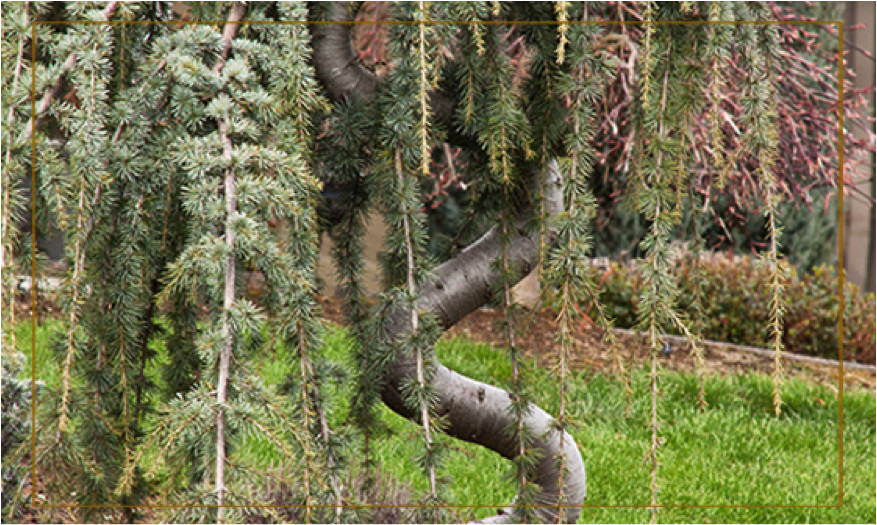
“Designers are using plants with intriguing, often formal, shapes, forms, textures, and branching habits in otherwise naturalistic gardens.”
After decades of informal billowing meadows and cottage borders that studies find are overwhelmingly considered to “have visual appeal and restorative potential”, we’re seeing designers use plants with plenty of intriguing, often formal, shapes, forms, textures, and branching habits in these otherwise naturalistic gardens. The result is a delightful yin-yang sort of effect.
This aesthetic appears to be one of the drivers for increased demand for swirling topiaries, weeping trees, cascading camellias, espaliered fruit trees, layered Japanese maples, and spiky perennials like lupines, salvia, and iris. And, with so many gardening in smaller spaces or often in containers, each and every plant needs ample oomph to make the cut.
DESPERATELY SEEKING SEASON
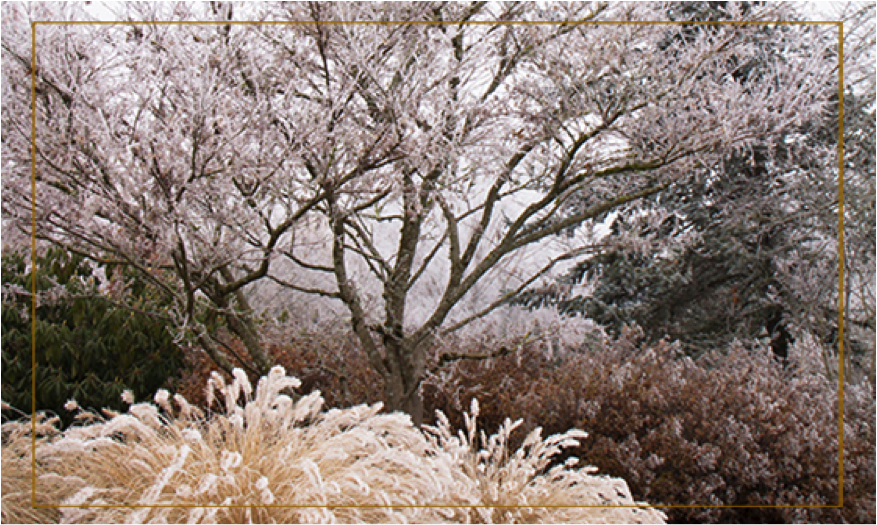
“With seasonal change now less distinct and predictable, gardens that dramatically, graphically evolve over the seasons are becoming even more prized.”
With seasonal change now less distinct and predictable with longer summers and shorter winters, gardens that dramatically, graphically evolve over the seasons are becoming even more prized. For example, plants displaying a stark winter beauty (form, bark, or color) with high contrast to leafy spring have become highly sought after.
The second is a demand curve that’s off the charts for plants that do more for the longer duration of our warm weather (such as hydrangeas, roses, lilacs, and other flowering shrubs that rebloom). These trends may seem contradictory, but both are simply reflections of a changing climate that we addressed in our 2017 trends report.
Not everyone is a “gardener,” but apparently many are finding that a beautiful garden installed and managed by someone is worth every dime. And no matter how they get made, the world is a better place with more gardens.
WORKING OVERTIME

“With space and time at a premium, consumers are snapping up plants that do double or even triple duty in the landscape.”
Used to be that a simple hedge would fit the bill, but now, with home lots getting smaller and with less time for gardening, consumers are snapping up “one and done” plants that do double or even triple duty in the landscape. Also in play here is mindfulness about plants for attracting wildlife, growing food, and creating more overall green space.
This translates to big demand for plants that flower + fruit + have great fall foliage, waterwise + feed birds + provide privacy, native + provide winter interest + fragrant, etc. And then, of course, there are the bragging rights! As plant breeders continue to push the limits of what a plant can do, expect to see more of these multipliers.
INTO THE WOODS
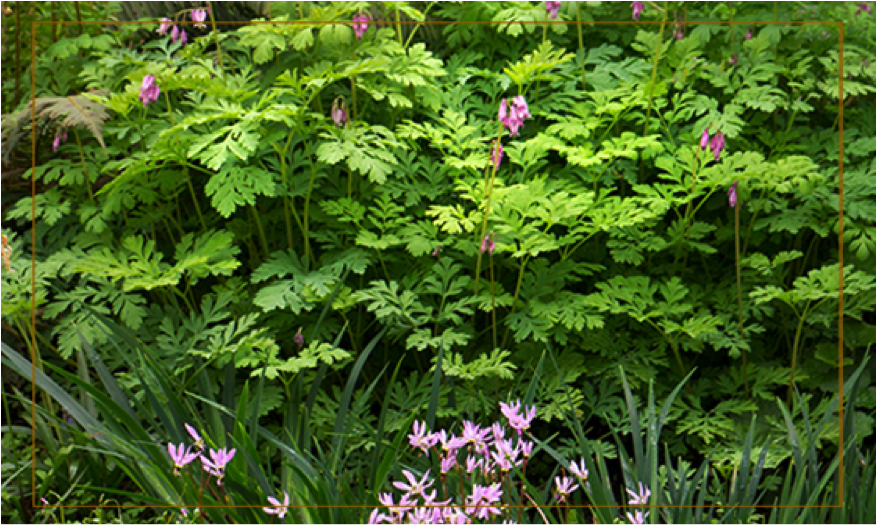
“Woodland gardens bring a welcome sense of organic Zen especially in dense urban areas where they can help to mitigate the effects of pollution.”
Cool, mossy, and damp, small space woodland gardens bring a welcome sense of organic Zen and a respite from digital overload, especially in dense urban areas where they can help to mitigate the effects of pollution. It’s like bringing “forest bathing” to the city with mixes of ferns, mosses, coral bells, Hostas, and Anemones in high contrast, almost unnatural, places for a garden style that’s gaining ground. We’ve tracked a marked increase in consumer demand for all types of woodland plants over the last three years with no signs of slowing down.

